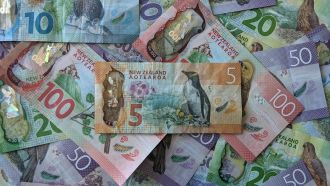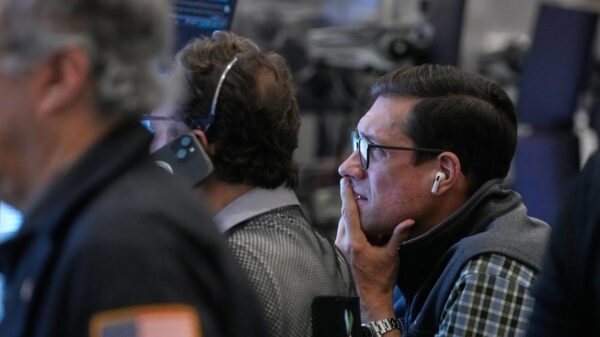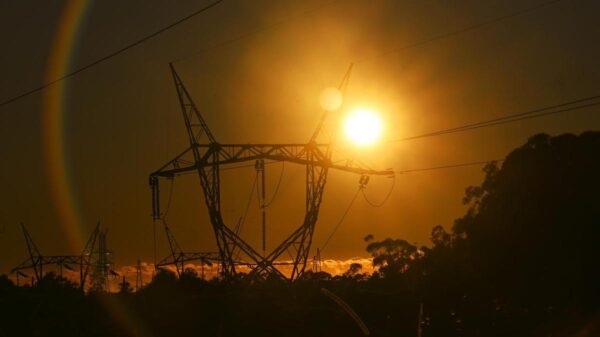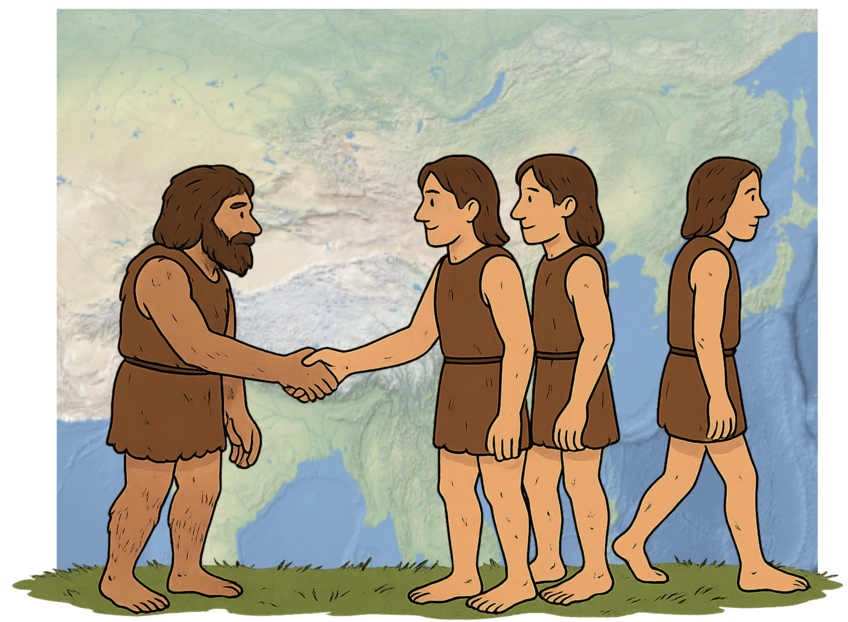Recent research has illuminated the intricate ancestry of modern humans, revealing that some early East Asians did not interact with Denisovans. A study conducted by a team at the Max Planck Institute for Evolutionary Anthropology provides crucial insights into the genetic interplay between Denisovans and various populations across Eurasia over the past 40,000 years.
Researchers performed a systematic paleogenetic analysis of DNA segments inherited from Denisovans, which were identified in both ancient and contemporary humans. By examining these segments, they reconstructed the historical dynamics of Denisovan ancestry and its regional variations across the continent.
Key Findings on Early East Asians
The study revealed that some of the earliest East Asians, particularly the Tianyuan individual from China, which dates back approximately 40,000 years, exhibited the highest levels of Denisovan ancestry—over 0.2 percent—when compared to later populations. The researchers noted that patterns of shared Denisovan DNA segments between individuals suggest that this ancestry derived from common contacts with Denisovans, which were shared among East Asians throughout history.
Population geneticist Stéphane Peyrégne, who co-supervised the study, emphasized that the findings indicate gene flow from sources with diminished or absent Denisovan ancestry. This dilution of Denisovan ancestry among early East Asians highlights how complex interactions shaped these populations.
Insights into West Eurasia and the Jomon People
The research also illustrates how Denisovan ancestry reached West Eurasia, albeit at minimal levels, primarily through migrations from Eastern Eurasia prior to 12,000 years ago. This migration pattern reflects the broader movements of human populations across the continent, further enriching our understanding of ancient demographics.
Another significant discovery involved the ancient Jomon people, who inhabited the Japanese archipelago and the Ryukyu/Okinawa islands. The study found that the Jomon carried the lowest levels of Denisovan ancestry among East Asian populations, despite tracing their ancestry from the same origins as mainland groups. This indicates that the Jomon descended from a lineage that did not encounter Denisovans directly, suggesting limited gene flow from Denisovans before diverging from other East Asians.
Lead author Jiaqi Yang stated, “This suggests that some groups took different routes during the early dispersals in East Asia, or Denisovans were so sparsely distributed that interactions with them were rare.”
The study highlights the complexities and regional diversities that characterize the interactions between modern humans and Denisovans. Although knowledge regarding the origins of the Jomon and other East Asian groups during the Paleolithic period remains limited, ongoing research into ancient genomic data will aid in clarifying the timing and nature of these historical interactions.
As researchers continue to delve into the genetic legacies left by ancient populations, the findings underscore the dynamic narrative of human ancestry and the intricate web of connections that have shaped modern populations today.


































































